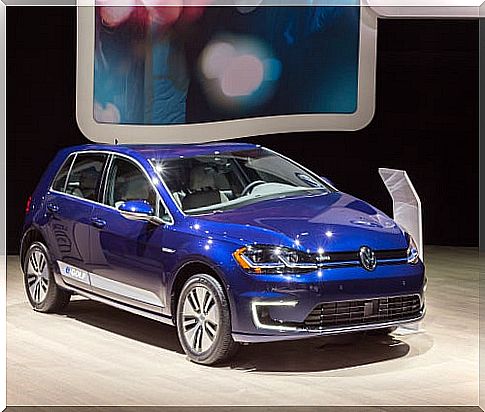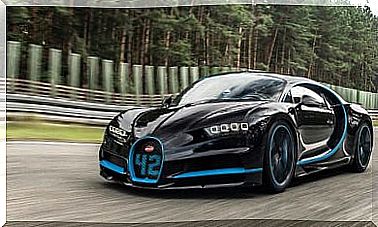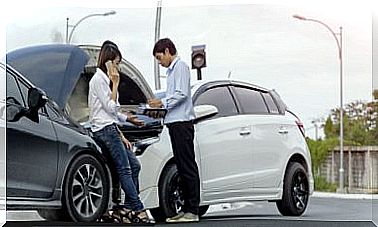Heating Systems In Electric Cars

The integration of electric vehicles is increasing in today’s automotive market. In addition to contributing to the reduction of pollution, both atmospheric and acoustic, powering an electric vehicle is less expensive than powering a combustion one. Next, we will see the possibilities of heating systems in electric vehicles, since they represent a certain disadvantage compared to heat engines.
To begin with, the savings are due not only to the fact that electricity is proportionally cheaper than fuel, but also to the fact that electric motors achieve a performance three times higher than those of combustion, which allows them to use their energy much more efficient.
The performance of an electric compared to the combustion engine
All of these features play in favor of electric vehicles, but there are two major drawbacks. The first and most obvious is their high purchase price compared to gasoline or diesel vehicles, which can put a potential buyer back.
On the other hand, few electric vehicles provide autonomies of more than 200 or 300 km. This directly affects the comfort of users, who are forced to recharge the vehicle more frequently. However, solutions to this problem have emerged that make it possible to increase the autonomy of electric vehicles; one of them is optimizing your heating system.

Even with efficient driving, combustion engines have an efficiency of around 30%. That is, only 30% of the energy achieved in combustion is used for movement , while the rest is lost in the form of heat.
The usual heating systems in electric
Heating by electric resistances
Some models, such as the Renault Kangoo ZE or the Nissan Leaf, use a system of electrical resistances to heat the air, like the heaters that can be found in any appliance store.
The drawback of this system is the high energy consumption, which greatly reduces autonomy. As an alternative, the heat pump air conditioning system has been developed .
Heat pump heating
The operation of the heat pump is based on reversing the direction of the air conditioning system, which introduces hot air into the passenger compartment instead of absorbing it. To achieve this, the system incorporates one or more valves that allow the direction of the refrigerant to be changed.

In a sense, the refrigerant absorbs heat from the passenger compartment and dissipates it outside the vehicle, in what would be the air conditioning mode. By reversing the direction of the fluid, it begins to absorb heat from the outside, to release it later inside, for this way the heating mode.
The key to this technology is its high performance compared to conventional electric resistance heating systems. While the resistors transform 100% of the energy they receive into heat, the heat pump absorbs heat from the air outside the vehicle, which allows obtaining more energy for heating than the vehicle contributes to the system; operates with returns of more than 300%.
This lower energy consumption in heating leads to significant increases in autonomy. Driving at low speeds, where large amounts of energy will not be required for movement, the difference in autonomy between a vehicle heated by electric resistances and one with a heat pump can reach 80 kilometers for the same battery charge. .
The downside of the heat pump
However, it has been mentioned that the heat pump absorbs energy from the outside air, and this can be a double-edged sword. While this allows high performance to be achieved when obtaining energy from the outside, it must be taken into account that the colder the environment in which the vehicle is located, the less energy can be obtained from it.
Ultimately, the performance of the heat pump will be reduced when operating at very low temperatures. This can be a problem precisely when the heating system is most needed.
Obviating this drawback, the heat pump system, which can already be found in models such as the Renault Zoe, the Volkswagen e-Golf or the BMW i3, allows drivers to cover greater distances with a single battery recharge. which contributes to improving the travel experience.









